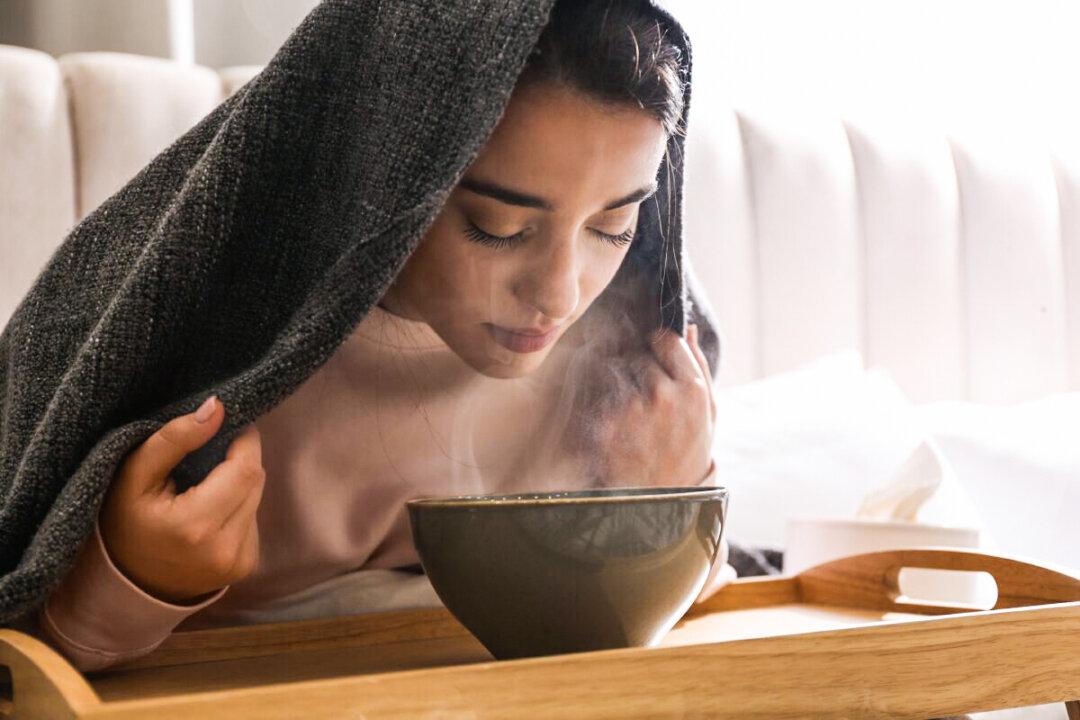Aromatherapy is a word that conjures images of celebrity trends, New Age dogma, and pop-up air fresheners found on supermarket shelves. When French biochemist René-Maurice Gattefossé coined the term in the 1920s, he probably had no idea that his against-the-odds recovery from gas gangrene using lavender essential oil would prompt a global surge of followers sniffing their way toward enlightenment. Today, despite the common household word, most people are still unaware of the true capabilities of the modality, even those who keep bottles of lavender by their bedside to induce better sleep or dab tea tree oil on blemished skin.

Woman with plaid doing inhDeep cleanse by inhaling warm steam, with or without essential oils, which helps to loosen up and dilute congestion inside our respiratory system. (New Africa/Shutterstock)alation above bowl indoors
|Updated:



